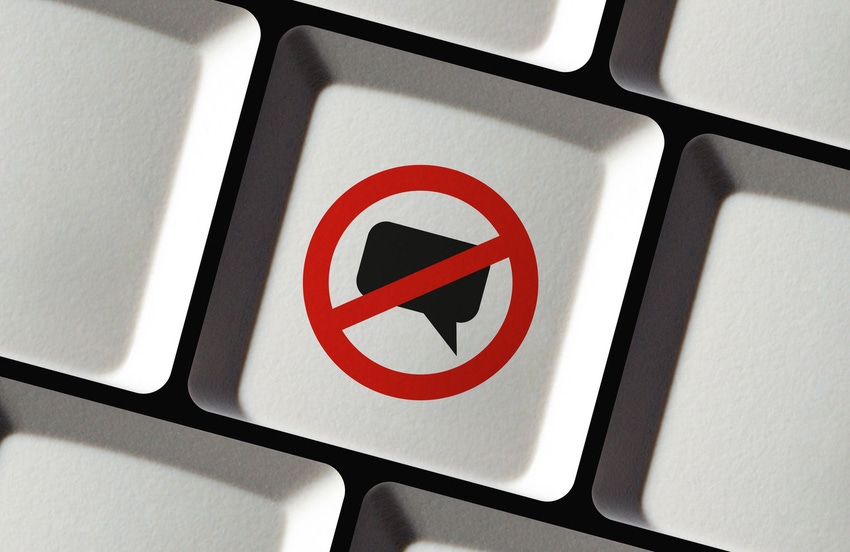Twitter tries to find another way to solve the censorship dilemma
Social media giant Twitter is exploring the creation of an open standard that it hopes will provide the answer to the impossible question of censorship.
December 11, 2019

Social media giant Twitter is exploring the creation of an open standard that it hopes will provide the answer to the impossible question of censorship.
As you would expect the announcement was made by Twitter CEO via a tweet in which he announced the creation of a small team to develop an open and decentralized standard for social media. In the thread he cites some of the inspiration for the move as coming from an essay entitled ‘Protocols, Not Platforms: A Technological Approach to Free Speech’. The author of that essay has already written an article cautiously welcoming this move.
Right now all social media are siloed platforms providing their own technology and rules. That means they’re also in the impossible position of trying to censor the stuff their users publish in order to please other users as well as advertisers and regulators. Right now they face constant pressure from all three and, of course, can never please all of the people all of the time.
At the core of the dilemma, as the essay implies, is free speech and its opposite: censorship. Determining what speech is good and bad is inherently subjective and an impossible tightrope to walk. We have long argued that any attempt to do so is futile and that the best solution for social media platforms would be to throw themselves at the mercy of regulators, thus absolving themselves of responsibility for censorship decisions.
This move by Twitter seems to be an early investigation into the possibility of an alternative resolution by creating a basic social media protocol, of which it would by just one of the clients, that could serve as the foundation for a number of other platforms. All social traffic would take place over this protocol, but then individual platforms could implement their own unique rules about what content they allowed to be published.
It’s very early days and there are all kinds of reasons why it may never take off, but it seems like a step in the right direction. Right now social media companies are being regulated like platforms but as they increasingly curate the content they host are acting more like publishers. Unless they find a way of resolving this conundrum themselves, state authorities will end up doing it for them,
As if to illustrate the point YouTube has announced yet another update to its harassment policy, including ‘a stronger stance against threats and personal attacks’. This amounts to a ban on ‘veiled or implied threats’, ‘demeaning language that goes too far’ and ‘content that maliciously insults someone based on protected attributes’.
On the surface who could have a problem with action against threatening, demeaning and insulting speech, right? It’s only when you try to establish the precisely when speech crosses any of those lines that you see what a futile, subjective and censorious policy this is. Expect a further update within months after some one claims to be upset about something and then another soon after that. You never know, eventually YouTube might come around to this protocol business.
About the Author(s)
You May Also Like











_1.jpg?width=300&auto=webp&quality=80&disable=upscale)


.png?width=800&auto=webp&quality=80&disable=upscale)